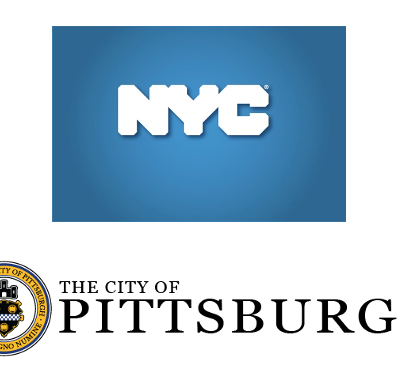New York City enacted two new laws aimed at curbing light pollution for City-owned properties. The proposed legislation allows for exemptions for landmark buildings – enabling the Empire State Building’s color-changing fixtures to continue illuminating the top 30 stories.
Energy + Environment
Codes + Standards, Energy + Environment
DLC Releases LUNA Technical Requirements Version 1.0 To Reduce Light Pollution
The Design Lights Consortium (DLC) released LUNA Versions 1.0 Technical Requirements for outdoor LED luminaires. The requirements limit sky glow, light trespass and mitigate light pollution. LUNA products will appear as a subset of luminaires listed on the SSL Qualified Products List (QPL) and will be eligible for efficiency rebates and incentives designed for SSL [...]



